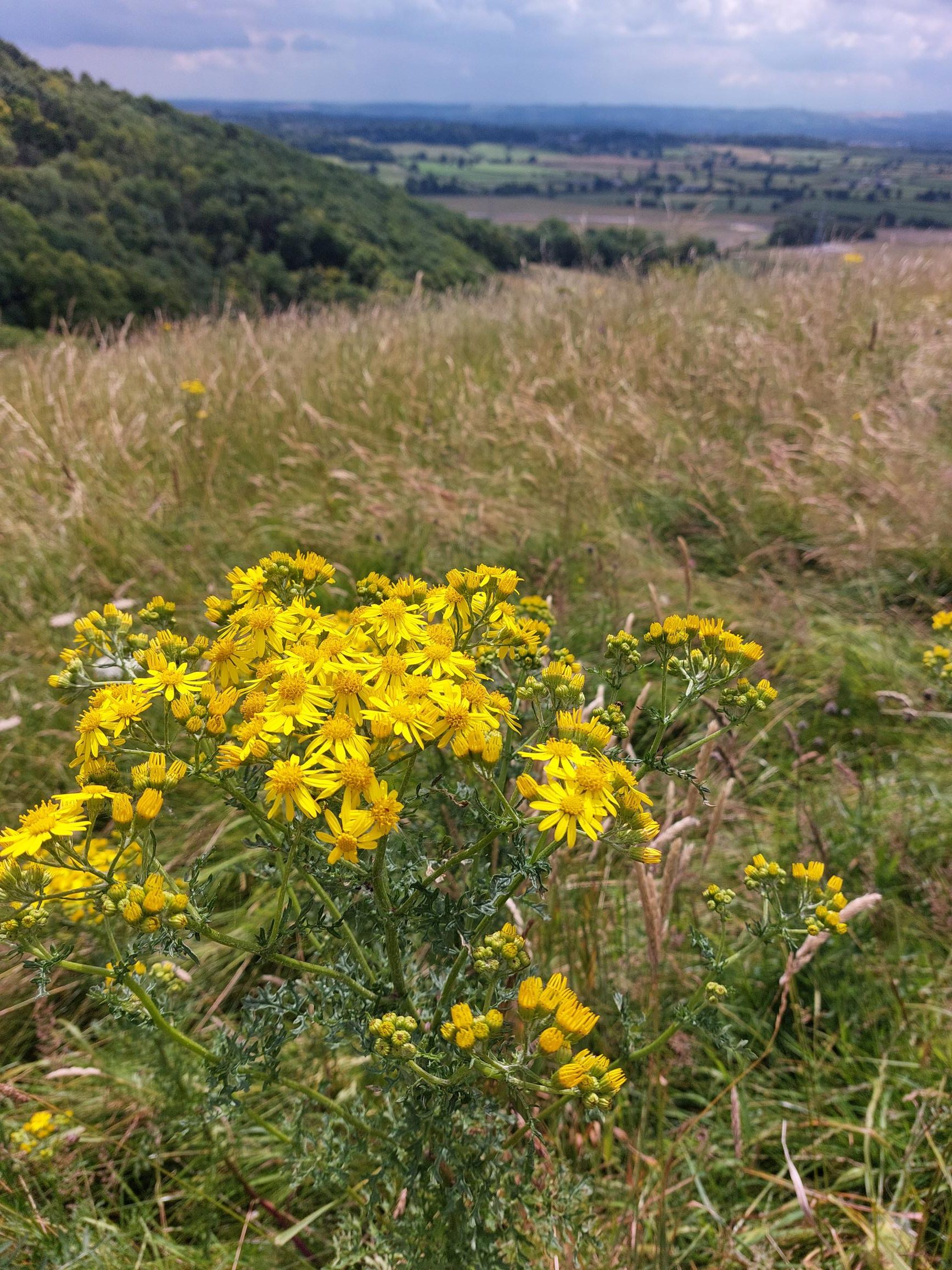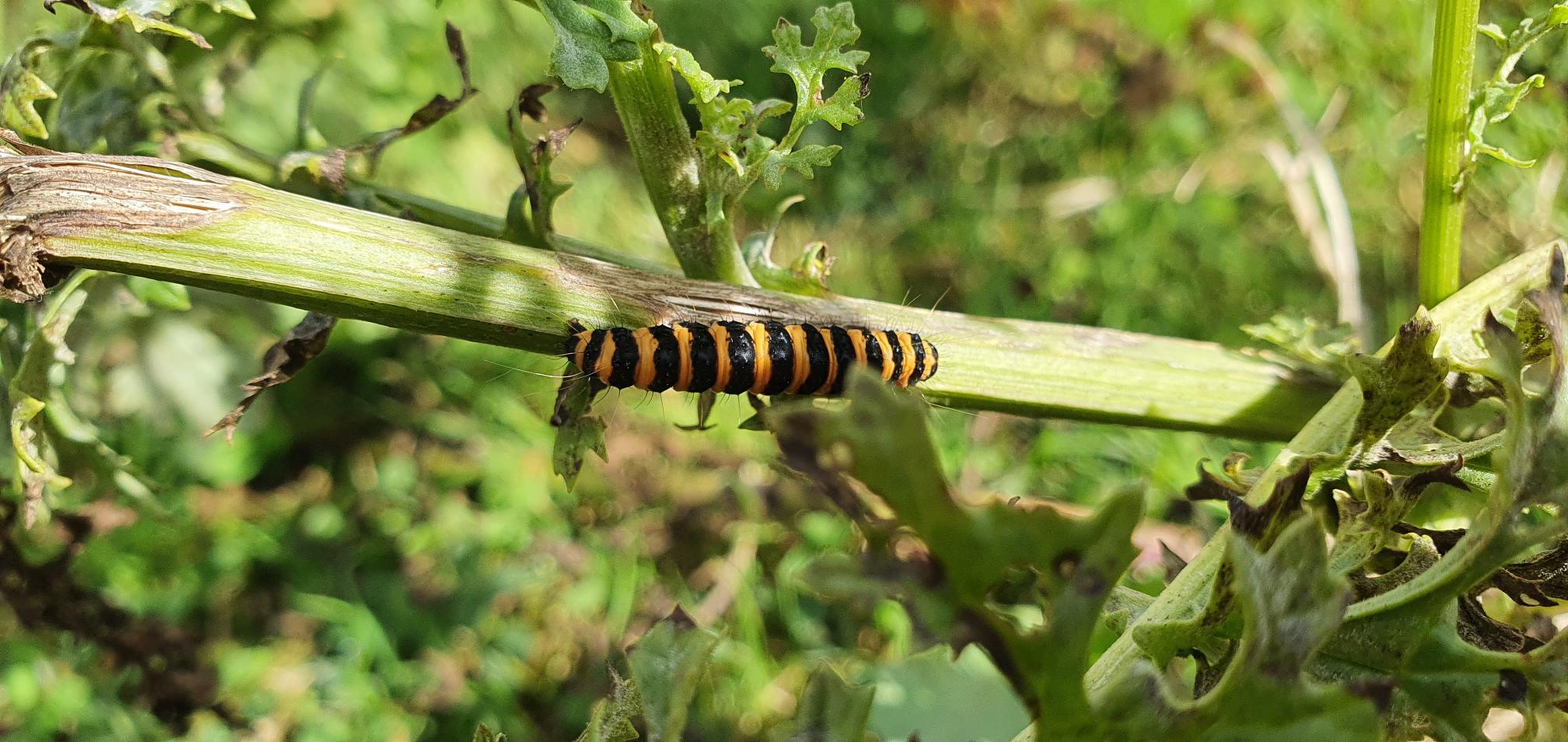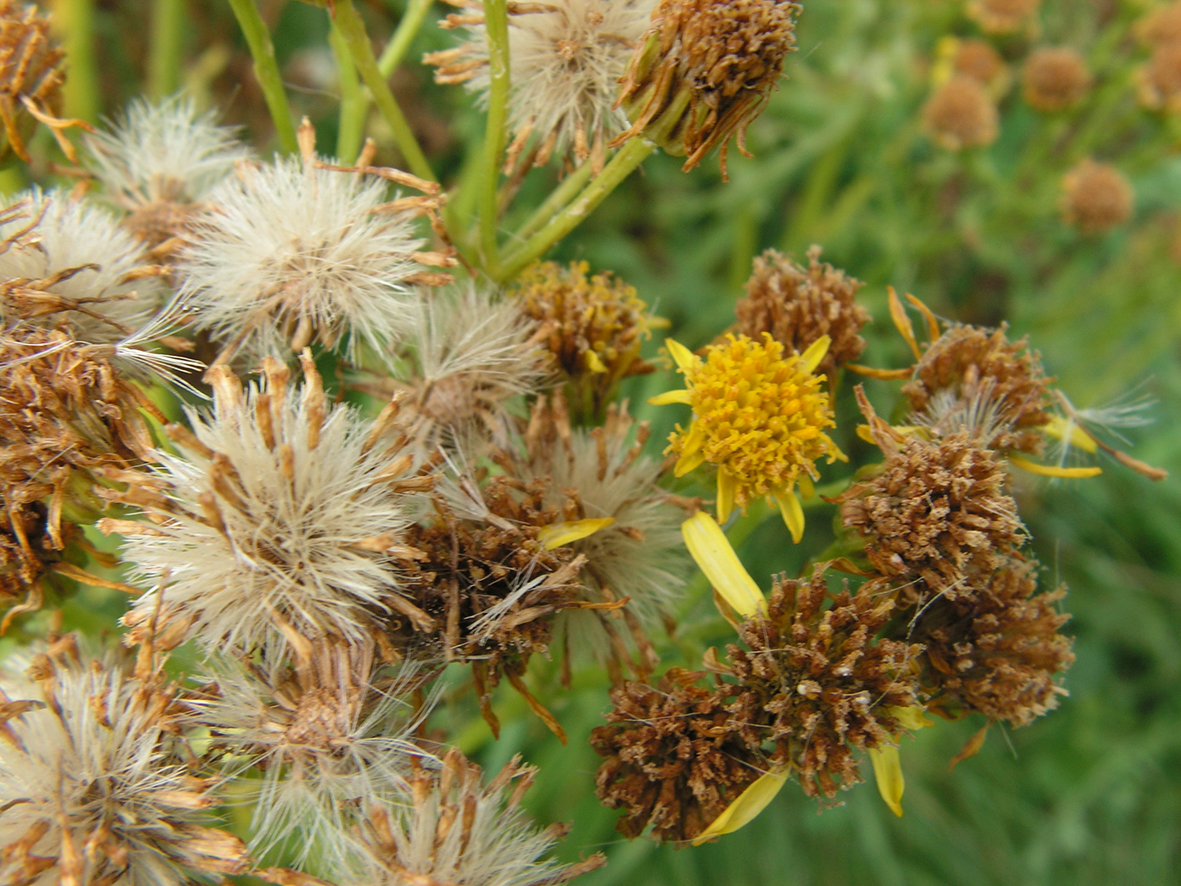IDENTIFICATION
Did you spot something that you think might be an invasive plant? Use our FREE identification service to quickly find out.





Ragwort can be treated with planned applications of herbicide which, over time, will render the plant unviable. Using the right herbicide will ensure the plant is killed off but not grass.
Ragwort can also be mechanically excavated or manually pulled up – this method is often used after the herbicide treatment has killed off the above ground plant.
Biological control is effective as a longer-term solution as the Cinnabar moth caterpillars (Tyria jacobaeae) will happily feed on it all summer.
To find out the best way to remove Ragwort and the best time of year to have treatment or excavation carried out get in touch.
Ragwort is covered by the Weeds Act 1959 (which specifies five injurious weeds including common ragwort) and the Ragwort Control Act 2003. It is a legal requirement to remove Ragwort if it is deemed as causing issues for the landowner, where it presents a high risk of poisoning horses and livestock or spreading to fields used for the production of forage. If you do not follow this code it may be used as evidence in any legal action. But if you can show you have adopted measures in the code of practice, this will help you avoid any fines. It is not however illegal to grow Ragwort in your garden, though we would not recommend this as you should not touch Ragwort with bare hands as it can cause health issues.
This is what every dog or horse owner should know – Ragwort is poisonous to dogs and especially to horses if ingested, mostly because when Ragwort dies back in the Autumn and winter the dry stalks can be mistaken for hay.
Download the Government’s official Code of Practice guidelines below.
SCIENTIFIC NAME: Senecio jacobaea
ORIGIN: UK
Ragwort (also known as Common ragwort) is classed as an ‘injurious’ weed, due to its toxicity levels. An erect plant that can reach 30-100cm high, with tough stems that are often tinged red/purple near the base, and characteristic dark green leaves and yellow daisy-like flowers. As a perennial the above ground growth completely dies off in winter. Each plant can produce up to 150,000 seeds with a 70% germination rate and seeds remain dormant in the soil for up to 20 years.
Ragwort proliferates on roadside verges, railway tracks, wasteland and pasture land. It prefers light soils of low fertility, particularly in over or under grazed pasture. Can often be identified by the presence of Cinnabar moth caterpillars (Tyria jacobaeae), as these caterpillars feed almost exclusively on Ragwort. The caterpillars are distinctive, black with gold stripes, and grow up to 3cm long.
Where there is no threat to animal welfare, Common ragwort is a native species and makes an important contribution to the biodiversity of the countryside.
Common ragwort is one of the most frequent causes of plant poisoning of livestock in Britain, with equines and bovines being more susceptible than others – particularly the young. It can also be poisonous to people and has been suspected of causing liver damage in those who pull the plant without wearing protective clothing. Ragwort acts as a cumulative poison, eventually destroying the liver, and a small intake of ragwort over a long period can be just as damaging as a large intake on a single occasion.